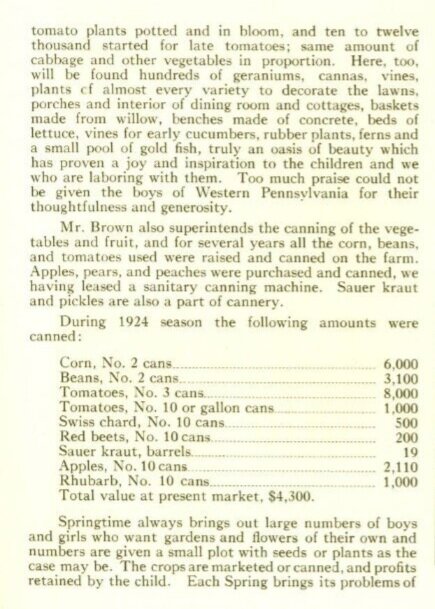By Emily Rinaman, Technical Services Librarian
In the contemporary kitchen insta-pots have become the all the rage. If you have social media accounts like Facebook and Pinterest, your walls are probably full of friends sharing recipes, photographs and asking for ideas on what to cook next in their super-duper cooker.
Insta-pots are modern pressure cookers that are designed for the busy parents who “don’t have time” to waste in the kitchen preparing a nice home-cooked meal. Crock pots, a once popular alternative, are inconveniently slow these days.
The same trend happened in the United States about a hundred years ago or so with the advent of canned foods. Once they became available in stores, consumers saw them as a quick, cheap way to serve family dinner. But similar to the “do-it-yourself” movement in the 1970s when canning vegetables was seen as a superwoman power, we are starting to again see a resurgent interest in canning. The demand for foods that are non-GMO, organic and/or all-natural have led modern consumers to be more careful about what they are putting in their mouths, and canning their own vegetables gives them a sense of control. And canning foods also uses a pressure cooking method.
Prior to canning, people used methods such as drying, salting, brining, smoking, fermenting and pickling to preserve their food. The process of canning food was actually spawned in 1810 in part by Napoleon Bonaparte, who needed a large amount of edible food for his army. The Mason jar didn’t appear until the Civil War era and the pressure cooker was invented in Baltimore in 1874.
The Junior OAUM National Home Report lists how much food they canned in 1924.
It didn’t take long for canning to become popular in Seneca County. Several documents in the Seneca County Digital Library reference the large amounts of preserves and homemade canned goods that were entered in the Seneca County Fair in the 1840s and 1850s. Martha M. Gibson in her recollections called “Reminisces of Early Days in Tiffin” explains,
“After the new grounds were opened, canned fruit, being a new way of preserving fruit as near as possible with its natural flavor, became a feature of the fair, and as we had every kind of fruit and flowering shrubbery on our Springdale place, I always contributed in some department, and frequently took prizes amounting to $24.00. Until 1877 I was a yearly contributor in the various departments. Counting from memory, the premiums I took on canned fruit, vegetables, fancy work, hand sewing and floral displays, I must have made about three hundred dollars in all, so it became money making as well as pleasure to all.”
The What, How And Who of It: an Ohio Community in 1856-1880 by Howard Smith provides that 120 jars of canned, preserved and pickled fruit was entered in the 1870 fair contest, noting some flavors of quince, gooseberry, pears and peaches, even crabapple marmalade”.
Canning met its decline in the 1930s and 1940s as it became commercially produced and refrigerators, a new way to preserve food for longer periods of time than before, became common in households.
If one wants to attempt to can their own vegetables and fruit, there is a process involved. If it isn’t followed, a type of bacteria can grow on the food that can cause botulism--rare but fatal. One must pay attention to the acidity of the food because highly acidic food and low acid foods require a different length of boiling time. This was known even early on in canning. If you need a book suggestion and aren’t afraid to read something a little controversial, we recommend “The Jungle” by Upton Sinclair, published in 1906. He eloquently describes in no uncertain terms, how he felt about canned meat.
Tiffin-Seneca Public Library’s copy of the classic “The Jungle” by Upton Sinclair.
Works cited:
“A Brief History of Home Canning”. https://joepastry.com/2008/a_brief_history_of_home_canning_1/
“Canning Basics”, Linette Goard, Ohio State University Extension. https://ohioline.osu.edu/factsheet/HYG-5338
“Canning Industry”. Encyclopedia.com https://www.encyclopedia.com/history/dictionaries-thesauruses-pictures-and-press-releases/canning-industry
“How Did we Can? The Evolution of Home Canning Practices” USDA National Agricultural Library. https://www.nal.usda.gov/exhibits/ipd/canning/timeline-table
Reminiscences of Early Days of Tiffin, Martha M. Gibson, 1967. https://www.ohiomemory.org/digital/collection/p15005coll27/id/12933/rec/12
The What, How And Who Of It: an Ohio Community in 1856-1880, Howard Smith, 1997. https://www.ohiomemory.org/digital/collection/p15005coll27/id/15811/rec/1
Seneca County Digital Library, Ohio Memory Project, https://ohiomemory.org/digital/collection/p15005coll27


